Rewilding the UK: movement aims to tackle climate change – by reintroducing wildcats and eagles into Britain
Restoring vast tracts of land to nature would help reduce carbon emissions and allow long-gone species to return – but not everyone supports ambitious proposals
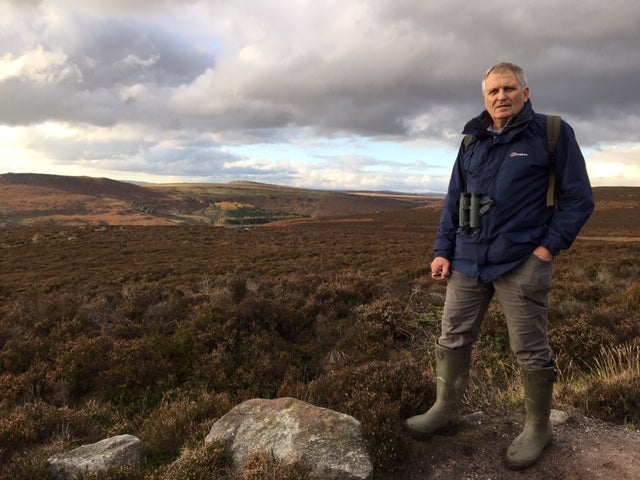
Your support helps us to tell the story
This election is still a dead heat, according to most polls. In a fight with such wafer-thin margins, we need reporters on the ground talking to the people Trump and Harris are courting. Your support allows us to keep sending journalists to the story.
The Independent is trusted by 27 million Americans from across the entire political spectrum every month. Unlike many other quality news outlets, we choose not to lock you out of our reporting and analysis with paywalls. But quality journalism must still be paid for.
Help us keep bring these critical stories to light. Your support makes all the difference.
Professor Alastair Driver looks out across Burbage Moor in the Peak District and imagines this brown and bracken-covered landscape in 25 years’ time. “Beavers, hen harriers, golden eagles,” he says. “There’s no reason we shouldn’t see them here. Wildcat too, in small numbers. How special to come here and experience that: a beaver chugging across a brook or an eagle overhead. Wonderful.”
With the UK aiming to be carbon neutral by 2050, the 63-year-old is at the forefront of a green movement that might just be a game (and landscape) changer.
As director of the charity Rewilding Britain, he is campaigning to restore to nature more than a million hectares of land, such as Burbage, by 2100. For context, that would be 5 per cent of the entire country.
Already huge tracts of previously farmed, grazed or managed property, including plots in the Lake District and Scottish Highlands, are being turned (back) into woodland, wild meadows, peat bogs and salt marshes.
Such places, so the idea goes, will then be left all but untouched by human hand expect for the reintroduction of long-gone flora, fauna and wildlife to help recreate the diverse ecosystems that once existed here.
The long-term results, advocates say, would be monumental in two ways. Firstly, the new landscapes would act as a sort of carbon sink, sucking emissions up and helping the UK achieve neutrality. Greta Thunberg, for what it’s worth, is a fan of the concept.
Secondly, it would mean the reversal of declining wildlife – 15 per cent of species in the UK are now threatened with extinction – and the flourishing of animals not seen in some parts of Britain for centuries. Some have suggested that eventually wolves and bears could be allowed to roam the wilds once more.
Wait. Wolves and bears? In Britain?
“I can imagine in Scotland, we might have wolves in very large enclosures within the next 20 years,” nods Prof Driver, who previously spent 14 years as head of conservation with the Environment Agency. “I know somebody who wants to do that, to see how they help in restoring natural processes. But … I think you have to dip your toe in the water. These animals make people wary so I’m not focusing on that personally. I’ve got enough challenges in terms of, you know, pine marten and eagles.”
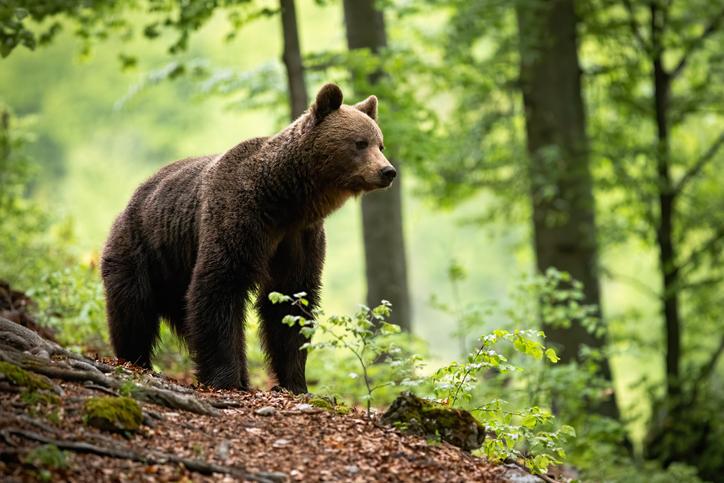
We’re here on Burbage Moor – a patch of rural Derbyshire west of Sheffield – because some 6,500 hectares of this and the nearby Eastern Moors are already in the process of being gently rewilded.
But as a new decade begins, and with the climate crisis growing ever more acute, Prof Driver is keen to stress it is more urgent than ever that more such projects become reality in 2020.
“The health of the country – of the planet, actually – is at stake,” he says.
On Burbage, once-intensive grazing has been reduced to just 20 sheep and 30 cattle; bracken is being supplanted by a mosaic of vegetation including bilberry and sphagnum; and natural woodland is set to increase from 15 to 35 per cent through replanting. Grouse shooting has been stopped altogether. Large blanket bog and hay meadow will be restored in specifically designated areas.
“You come here in spring,” says Prof Driver, all binoculars, backpack and Wellington boots, “and you’ll now see wildflowers, cowberry and bilberry all coming through – real colour – and that already means more bees, butterflies and birds, things like the green hairstreak, the ring ouzel and merlin.”
Much human infrastructure dots this part of the Peak District. Roads, rail, light industry and tourism businesses are all here.
Yet the alliance of bodies and landowners behind the scheme – including the Peak District National Park, the National Trust and the RSPB – are all adamant that not only can rewilding and human activity go hand in hand, but the former will ultimately help the latter.
Consider the growing problem with flooding all over the country, says Prof Driver. “With sphagnum, this is vegetation that holds water within its architecture, so when it rains, it won’t immediately pour off the hills here and flood downstream; it gets held and released slowly. It creates a natural resilience, which protects communities that, in some cases, can be miles away.”
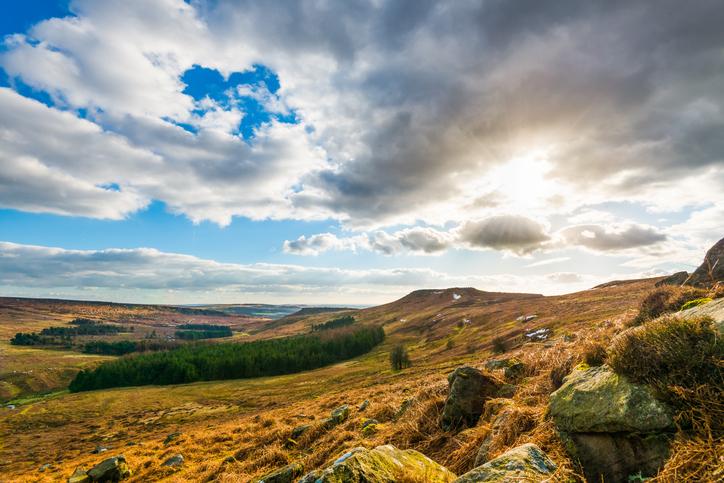
Other such schemes are gaining similar traction too.
On the previously farmed Knepp Estate in West Sussex, some 1,500 hectares have been turned to (lightly managed) grassland, scrub and wooded pasture – leading to thriving new populations of emperor butterflies, turtle doves and nightingales. In Scotland, meanwhile, Trees For Life is aiming to restore a stretch of the ancient Caledonian forest, which once swept almost from coast to coast. The charity is planting tens of thousands of trees across its 4,000 hectare Dundreggan site. Eventually, it says, it will introduce red squirrels, capercaillie, wild boar and lynx to the area.
Other projects include the restoration of a 4,800 hectare pine forest by the RSPB in Abernethy, and the creation of a wild valley in the Lake District’s Ennerdale by the Forestry Commission and National Trust. Paul Lister, the Scottish laird who has turned his vast Alladale estate, 50 miles north of Inverness, into a wildlife reserve, has long sought permission to introduce a pack of Swedish wolves there.
All of which is promising stuff, says Rewilding Britain, which was set up in 2015 as a campaigning, lobbying and advisory organisation. But it is just a start.
The Sussex-based charity – which is funded by public donations and works with landowners to help transform their land – reckons the new year provides a unique opportunity to rebalance the way land is used. Specifically, it argues, the potential for change caused by Brexit must be fully exploited.
As such, it is calling on a chunk of the £3bn previously spent on Common Agricultural Policy subsidies to be used instead to pay farmers and landowners to create landscapes that increase biodiversity and help decarbonise the atmosphere “in the public good”. If £1.9bn of that sum were allocated to supporting the restoration of such species-rich grasslands, peat bogs and woodlands, they reckon, it would suck 47 million tonnes of CO2 out the atmosphere every year. That’s one-tenth of the country’s current greenhouse gas emissions.
Already a government proposed scheme, the Environmental Land Management system (ELMs), is set to pilot such an idea: it will, in effect, give public money to landowners for expanding diversity, building carbon sinks and improving local air, water and soil quality.
If a success, Defra has said it would aim to have 1,250 businesses enrolled in the system by 2021.
“But our argument now is that should move faster and further,” says Prof Driver, a father of three who lives in Berkshire but tends to work off a train travelling between sites.
In the long term, he adds, such rewilding would help diversify local economies and improve the health and wellbeing of local communities.
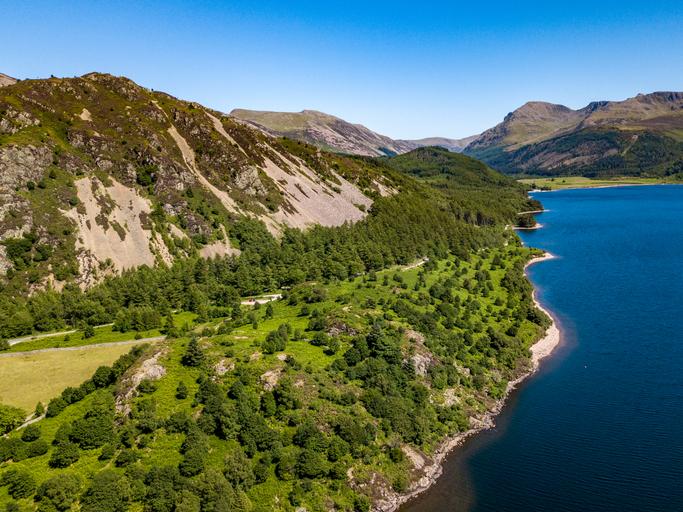
Yet not everyone is convinced that such a change of land use is the way forward.
Plenty of people here in the Peak District are not entirely enamoured by the thought of sharing their neighbourhoods with nearby wildcat. For the same reason, the idea of introducing wolves and bears back to these isles is hugely controversial.
“It pisses people off,” says Prof Driver succinctly. “As a charity, we tend to stay away from it.”
The National Farmers Union, too, have expressed concerns that leaving the land to nature will threaten sustainable agriculture in the UK, while rural critics – perhaps worried their own communities could be semi-abandoned to the wild – have suggested the concept is misguided.
“Privileged middle-class romanticism” is how a senior Plaid Cymru councillor previously described Rewilding Britain’s proposals to reduce sheep grazing – and, therefore, farmers’ livelihoods – across 10,000 hectares of mid-Wales.
The charity has now stopped advising on that particular scheme, a £3.4m plan to protect and revitalise declining ecosystems between the Pumlumon massif and the Dyfi Estuary.
But Prof Driver dismisses the insult. “I’m not here to talk about that,” he says. “But I will say the overwhelming majority of the support for what we are doing comes from rural communities themselves – because they understand it is only by saving those natural ecosystems that this land can have a sustainable future.”
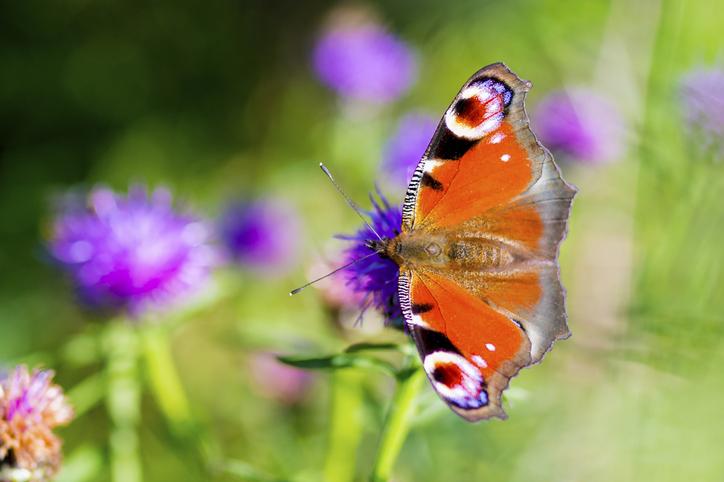
As we start to make our way down off Burbage, he is keen to make one last point.
We have been speaking all afternoon, he says, in terms of how rewilding can benefit humans; how it can be used to stop flooding, reduce greenhouse gases, improve health and diversify economies.
All of that is valid, but rewilding is important for another reason too.
“Let’s face it,” he says, “a diversity of species belongs here. Why should we have the right to wipe these animals out? We have a moral duty to halt their decline, which we have caused.”
These islands, he adds, are not ours alone: “It is our responsibility to share them with all the wildlife that belongs here too.”
Join our commenting forum
Join thought-provoking conversations, follow other Independent readers and see their replies
Comments